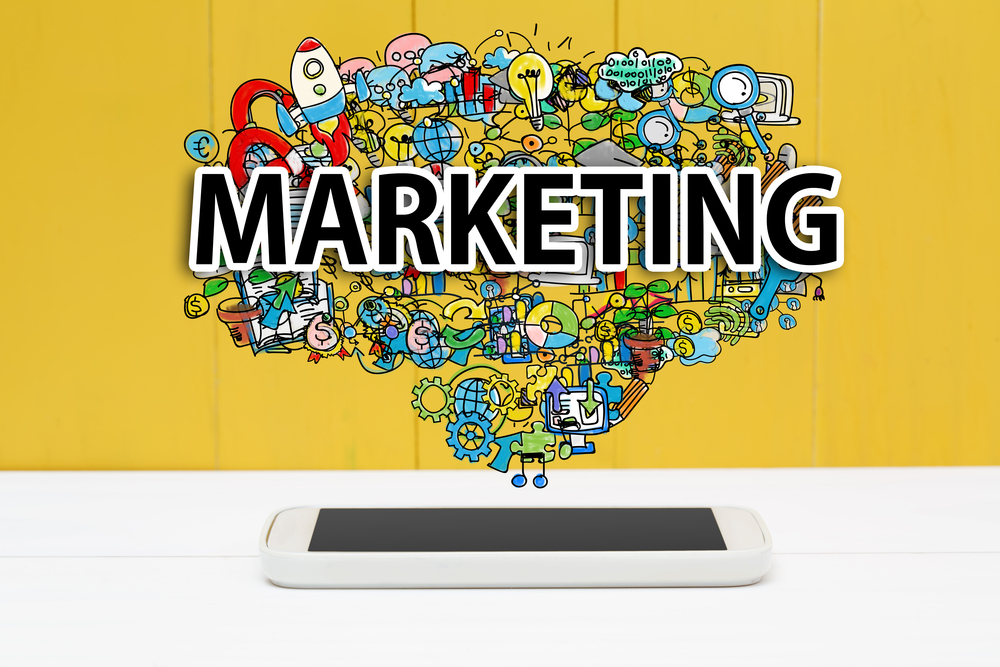Content marketing has transformed from simply telling stories to becoming a strategic approach driven by data and analytics. In today’s digital age, using analytics and insights is no longer optional—it’s essential. As businesses strive to connect with audiences more effectively, the integration of content marketing and digital marketing through data has become a powerful approach. Data not only refines content strategies but also ensures digital campaigns are more targeted, relevant, and results-driven.
The Role of Data in Marketing Alignment
Data serves as a bridge that connects the creative efforts of content marketing with the technical execution of digital marketing. Traditionally, content marketing focused on crafting valuable and engaging materials for audiences, while digital marketing leaned heavily on performance metrics, ads, SEO, and conversion. These disciplines operated in silos, often leading to misalignment and inefficiencies. By using data to track user behavior, content performance, and digital interactions, marketers can now align their strategies for a cohesive brand message and improved engagement. Whether it’s understanding which blog posts lead to conversions or identifying which social media content drives the most traffic, data offers the clarity needed to make better decisions.
How Data Informs Content Creation
Data-driven content starts with knowing your audience. Analytics tools provide insights into demographics, interests, browsing patterns, and content consumption habits. For example, Google Analytics can show which pages have the highest bounce rates, while heatmaps can reveal where users click or lose interest. Using this information, marketers can tailor their content to address real needs and preferences. This includes:
Identifying High-Performing Topics: Which blog posts, videos, or whitepapers are gaining the most attention?
Keyword Research: What terms are your audience searching for, and how can your content meet that intent?
User Journey Mapping: At what stage of the buyer journey does a specific content piece fit—awareness, consideration, or decision?
Incorporating such insights ensures that your content is not only engaging but also highly relevant and actionable.
Integrating Content Marketing and Digital Marketing Tactics
To truly harness the power of content marketing and digital marketing, data must be applied across multiple touchpoints. This involves syncing content with SEO, paid advertising, email campaigns, and social media strategies.
SEO and Content Optimization: Data from content marketing tools like SEMrush or Ahrefs can guide how content is optimized for search engines. This includes identifying top keywords, backlink opportunities, and content gaps.
Performance-Based Content Distribution: Analytics reveal which platforms (e.g., Facebook, LinkedIn, YouTube) are most effective for distributing specific content types. A video that performs well on Instagram may not have the same impact on LinkedIn.
A/B Testing and Feedback Loops: Testing different headlines, CTAs, and formats allows marketers to refine content based on performance data. Email campaigns, for example, can be optimized by testing subject lines and measuring open and click-through rates. This cross-functional strategy ensures that content is not just created for its own sake but is aligned with broader digital objectives like lead generation, brand awareness, and customer retention.
Measuring Success Across the Funnel
Another way data bridges the gap between content and digital marketing is through clear performance measurement. Marketers can track how a single piece of content contributes to the customer journey. Did the blog attract traffic? Did that traffic convert into leads? Did those leads result in sales?
Some important metrics include:
Traffic Sources: Understanding where your visitors are coming from helps tailor future campaigns.
Engagement Metrics: Time on page, scroll depth, shares, and comments provide insight into how valuable your content is.
Conversion Rates: These reflect the effectiveness of your CTAs and how well content drives action.
Customer Lifetime Value (CLTV): This long-term metric helps evaluate the ROI of your marketing funnel content efforts.
Using these metrics, businesses can continually improve their approach, ensuring both content and digital marketing are not only aligned but also optimized for success.
The Role of AI and Automation in Data-Driven Marketing
Modern tools like AI and marketing automation further amplify the integration of content marketing and digital marketing. AI can analyze large data sets to predict content trends, automate email marketing campaigns, and suggest personalized content based on user behavior. For instance, AI-powered platforms can segment audiences based on past behavior and deliver tailored blog posts or product suggestions via email or on-site pop-ups. Automation tools can streamline publishing schedules, measure content performance in real time, and provide actionable insights faster than manual methods.
Conclusion
In today’s competitive digital landscape, data serves as the crucial link between content marketing and digital marketing. By leveraging data, marketers can align their creative and technical strategies, ensure higher engagement, and drive measurable results. Businesses that embrace this integration will not only gain a clearer understanding of their audience but also achieve greater efficiency and impact across their marketing efforts.


